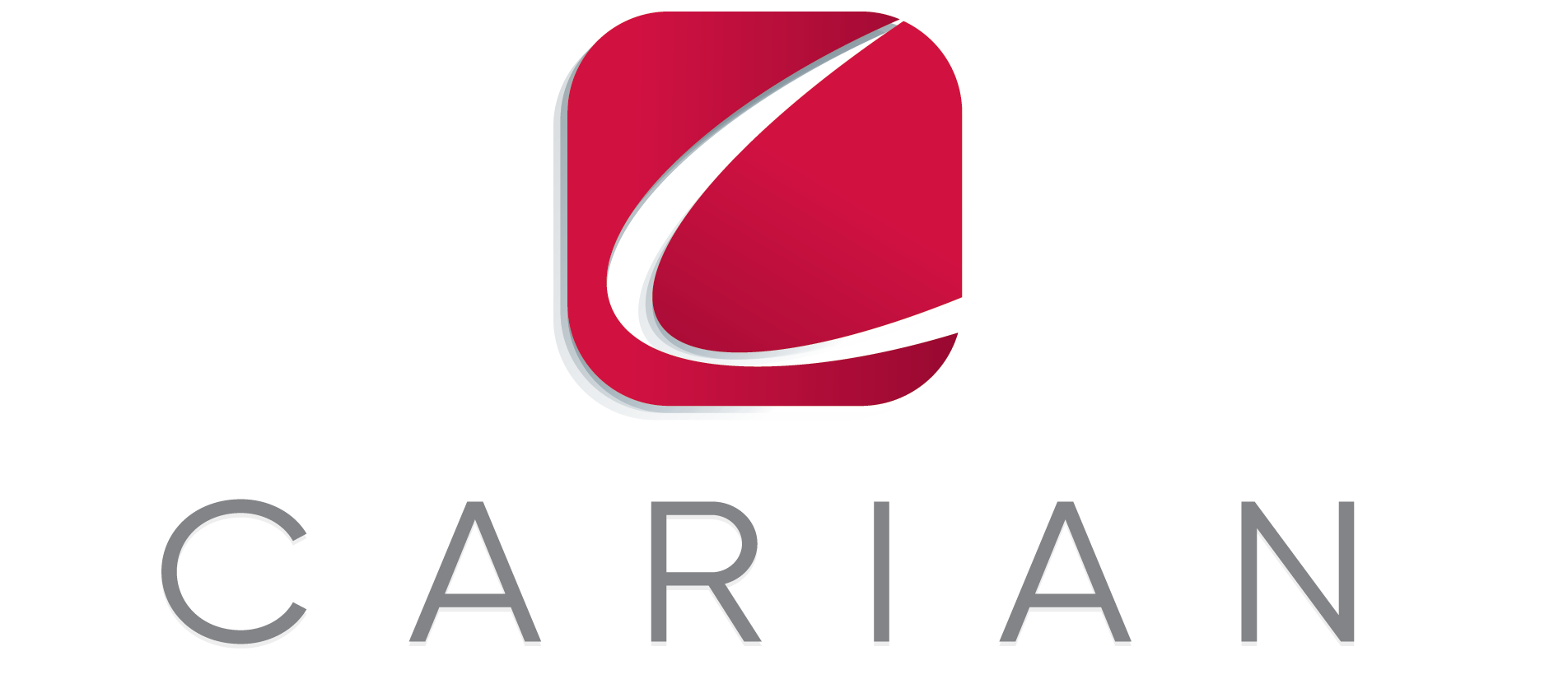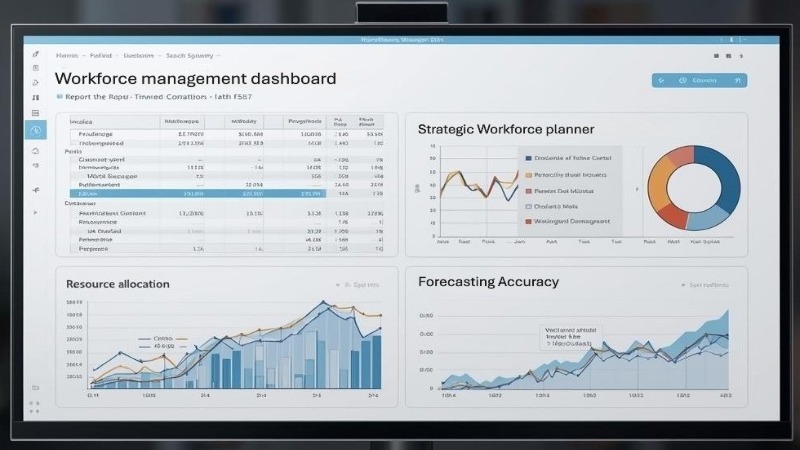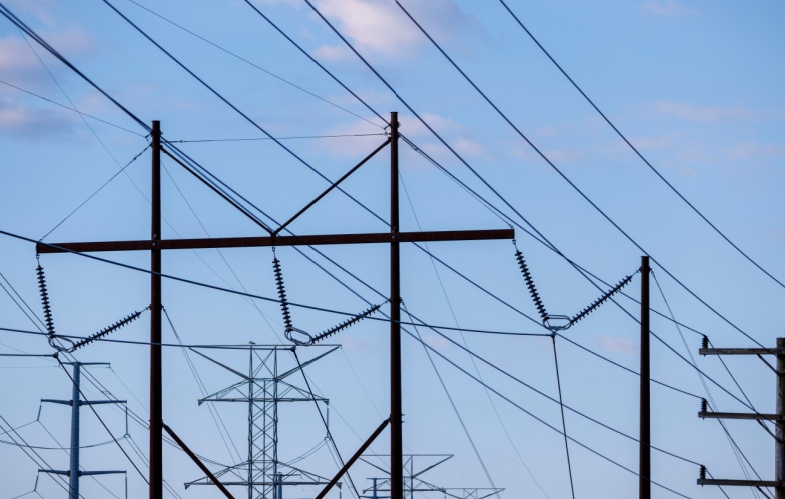Execution Independence: The Next Frontier in Capital Delivery
By Nicholas Aria, EVP Growth & Strategy, CARIAN
The Inflection Point
In the next ten years, U.S. utilities will spend more capital than in the last three decades combined. Load growth from AI, electrification, and economic expansion is surging. Transmission corridors, generation assets, and grid-hardening programs once considered “mega” are now routine. Investment cycles of $10B, $20B, even $30B are being approved.
The stakes are enormous: delivering infrastructure that keeps power reliable, affordable, and resilient for decades to come. At this scale, a 5% cost overrun isn’t a budget adjustment, it’s a billion-dollar problem that lands on the front page and in the hearing room.
After years working across capital delivery models, one lesson is clear: execution is the strategy. Vision, design, and financing all matter. But none of it survives contact with the field unless programs are delivered with discipline.
The Accountability Problem
At billion-dollar scale, the complexity of integrating design, construction, and oversight under a single structure creates visibility gaps. Not because of capability, but because the sheer number of interfaces makes it difficult to isolate cause from effect when variances occur.
The challenge is familiar:
Design delays that ripple into contractor claims worth hundreds of millions, with no clear line of causation.
Forecast baselines reset multiple times in just a few years, each one prepared by the same party accountable for delivery.
Cost projections shifting by more than 20% between regulatory filings, not because scope changed, but because ownership of the numbers was diffuse.
The pattern is consistent: when accountability runs through a single integrated chain, it becomes harder to trace, harder to fix, and harder to defend.
Why Independence Changes the Equation
Independent program management solves this problem by separating execution oversight from design and construction, giving owners the arm’s-length perspective needed to validate assumptions and maintain discipline.
When independent managers sit alongside the owner, aligned with owner interests but free of delivery conflicts, several things happen:
Visibility and accountability improve together: One control system, one forecast, one version of the truth. In large portfolios, moving forecasting discipline out of contractor control has reduced cost variance from double-digits to single-digits, not by changing performance in the field, but by clarifying who owns the numbers.
Risk gets managed proactively: Independent oversight identifies design-construction interface gaps before they become claims. In multiple major programs, hundreds of millions in potential exposure were avoided because risks were flagged months before field mobilization.
Regulatory confidence strengthens: Utilities still own stakeholder relationships. But when CFOs walk into hearings with independently validated forecasts, the conversation shifts from defending variances to explaining delivery.
This is not theory, it’s what happens when accountability structures match program scale.
What Execution Discipline Looks Like
Independence is necessary, but discipline is what makes it work. From nearly a decade of running power-sector programs, we’ve learned what separates outcomes:
Single-point accountability: One program manager with authority over scope, cost, and schedule. Not a committee. Not a matrix. One leader who wakes up every day accountable for delivery.
Integrated controls from day one: Cost, schedule, risk, and quality tracked in one system, not reconciled across spreadsheets. Every contractor, every milestone, visible in real time.
Governance that enables speed: Stage gates and decision rights defined before ground breaks. Escalation paths that resolve issues in days, not months. Steering committees that make decisions, not just receive reports.
Digital transparency as default: Dashboards that show owners, executives, and boards the same data the program team sees, refreshed continuously, not weekly.
Capacity built for the peak, not the average: Programs don’t fail in Year 1, they fail in Year 3 when workload peaks. Sizing teams to the program’s maximum complexity keeps delivery on track.
Veterans who know the terrain: We staff accountable PM roles with 20+ year power-sector leaders, not generalists rotating between industries.
Continuous improvement that compounds. Lessons captured, standardized, and applied across every package. Discipline that multiplies across the portfolio.
These principles consistently reduce cost variance from industry averages of 12–15% down to 5–6%, improve schedule adherence from ~60% to ~85%, and protect hundreds of millions in capital productivity.
The Decade Ahead: Scale Is the New Normal
The utility sector is about to spend more capital in ten years than it has in the last thirty. This isn’t hyperbole:
Transmission corridors connecting renewable zones to load centers: $8B–$15B programs
Gas-fired generation for hyperscale data centers: $4B–$7B programs
Nuclear life extensions and new builds: $12B–$30B programs
Storm hardening and grid resilience: $3B–$10B programs
Every one of these will be judged by unforgiving metrics: Did it come in on budget? Did it meet schedule? Is it performing as promised?
What works at $500M doesn’t scale to $5B. The math changes. The risks change. The accountability requirements change.
The Path Forward
The sector faces a choice:
Continue with legacy delivery models that worked for smaller programs, but accept cost variances, delays, and stakeholder friction as inevitable.
Or recognize that execution independence isn’t overhead, it’s risk management. It’s the structure that protects billions in capital by making accountability clear, risks visible, and results predictable.
The utilities that will define this decade aren’t those spending the most capital. They’re the ones investing in the execution structures that ensure that capital delivers on its promise.
Why CARIAN Exists
CARIAN was built specifically for this moment.
We are not an engineering firm that added program management. We are not a contractor managing our own work. We are a pure-play Power Advisory & Execution partner, independent by design, accountable only to outcomes.
We manage nothing but power-sector programs: transmission, generation, grid modernization, resilience, nuclear. From $500M to multi-billion, we’ve led programs across regions and regulatory environments.
Our model is simple: we succeed only when our clients’ programs succeed. We don’t design, so we aren’t defending design decisions. We don’t build, so we aren’t protecting construction margins. We manage execution across scope, cost, schedule, risk, and quality with the same discipline and urgency our clients would if they had infinite capacity.
That’s the independence that matters: independence from conflicts, not from collaboration. We hold design partners accountable. We hold contractors accountable. And we hold ourselves accountable to the only metric that counts: delivering the program outcomes utilities promise their stakeholders.
Conclusion
The decade of large-scale capital delivery is here. The utilities that will lead it are not the ones with the boldest visions or the flashiest technology. They are the ones that recognize structure matters, and that execution at scale requires independence.
That’s why we built CARIAN, to give the sector the execution partner it needs for the scale of this moment.




